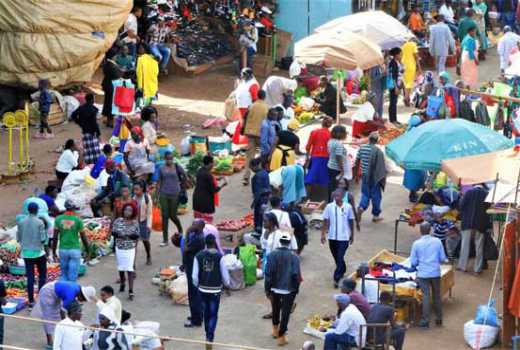×
The Standard e-Paper
Join Thousands of Readers

NAIROBI, KENYA: Jane Wanjiku throws furtive glances as she hawks clothes in the streets of Nakuru town late in the evening.
Always on the alert, Ms Wanjiku’s official business hours start late to avoid being nabbed by the Nakuru County askari.